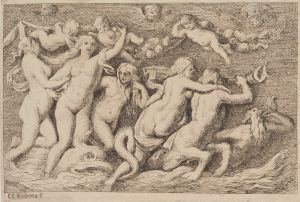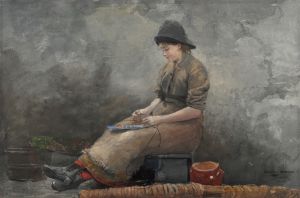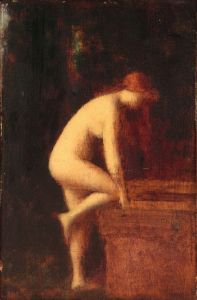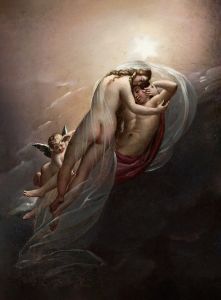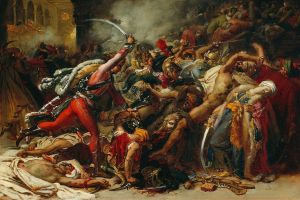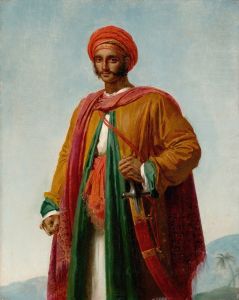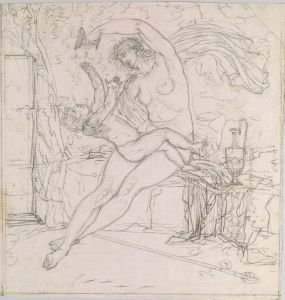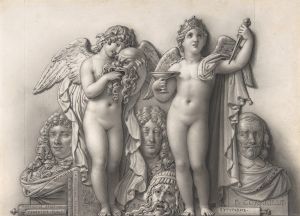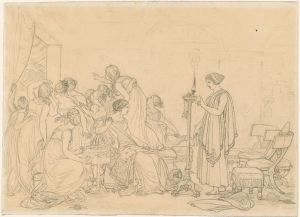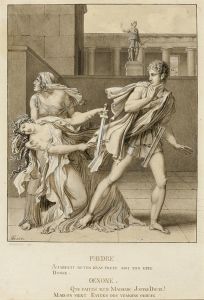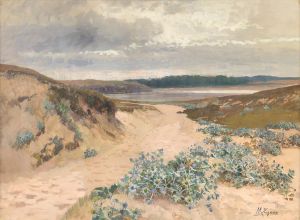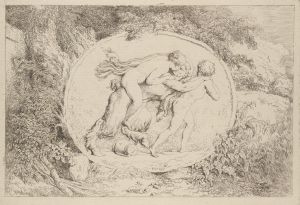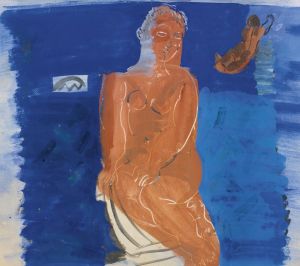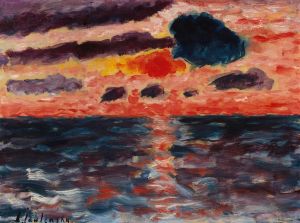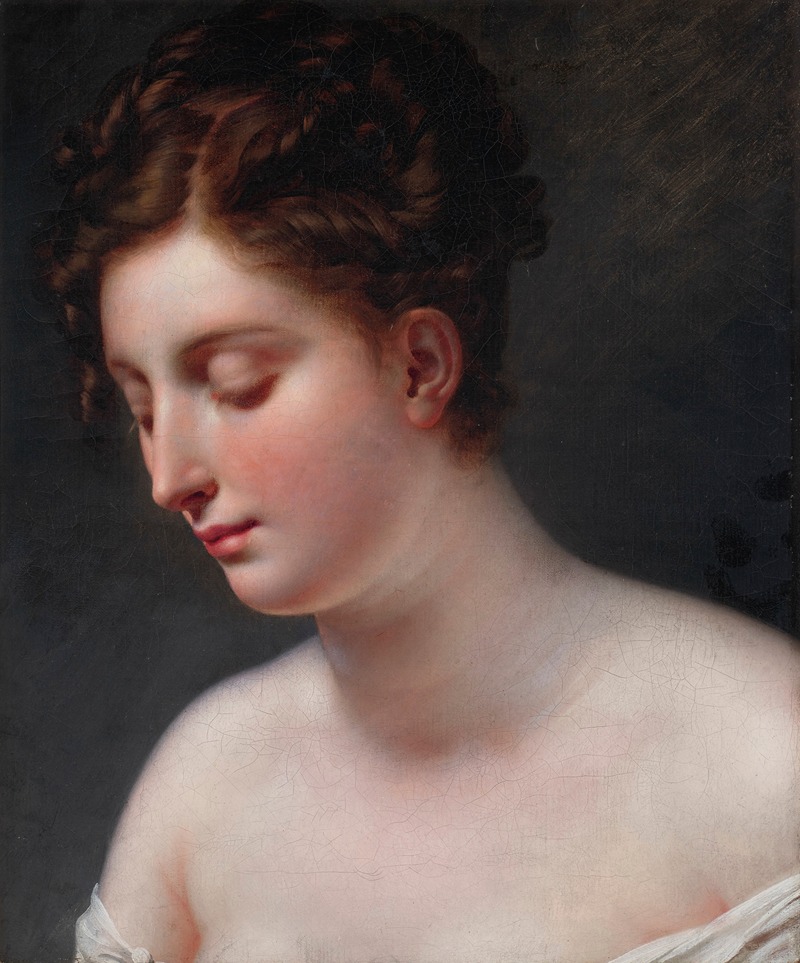
Galatea
A hand-painted replica of Anne Louis Girodet-Trioson’s masterpiece Galatea, meticulously crafted by professional artists to capture the true essence of the original. Each piece is created with museum-quality canvas and rare mineral pigments, carefully painted by experienced artists with delicate brushstrokes and rich, layered colors to perfectly recreate the texture of the original artwork. Unlike machine-printed reproductions, this hand-painted version brings the painting to life, infused with the artist’s emotions and skill in every stroke. Whether for personal collection or home decoration, it instantly elevates the artistic atmosphere of any space.
Anne-Louis Girodet-Trioson, a prominent French painter of the late 18th and early 19th centuries, is known for his contributions to the Neoclassical and Romantic movements. Among his works, the painting "Galatea" is often cited as an example of his skill in combining mythological themes with a highly refined and detailed style. The artwork depicts the mythological figure Galatea, a sea nymph from Greek mythology, who is often associated with beauty, love, and the sea.
The painting "Galatea" was created in 1819 and is considered one of Girodet's later works. It reflects his interest in classical mythology and his ability to render the human form with precision and grace. In this piece, Galatea is portrayed reclining on a rocky shore, surrounded by elements that evoke her connection to the sea, such as waves and marine creatures. The composition emphasizes her serene expression and idealized beauty, which align with the Neoclassical aesthetic of the time.
Girodet's use of light and color in "Galatea" demonstrates his mastery of technique. The soft, luminous tones of Galatea's skin contrast with the darker, more dramatic background, creating a sense of depth and focus on the central figure. This interplay of light and shadow enhances the ethereal quality of the scene, emphasizing Galatea's divine nature.
The painting also reflects the Romantic movement's influence on Girodet's work, particularly in its emotional intensity and the sense of movement in the surrounding environment. While the figure of Galatea remains calm and composed, the dynamic waves and swirling clouds suggest a tension between tranquility and chaos, a theme often explored in Romantic art.
"Galatea" is housed in the Louvre Museum in Paris, where it is part of the museum's extensive collection of 19th-century French paintings. The work is celebrated for its technical excellence and its ability to convey both the idealized beauty of Neoclassicism and the emotional depth of Romanticism.
Anne-Louis Girodet-Trioson's "Galatea" remains an important example of the artist's ability to bridge artistic movements and create works that resonate with both intellectual and emotional appeal. The painting continues to be studied and admired for its artistic significance and its place within the broader context of European art history.





